Child-Proofing The Future
Posted by Remya Padmadas on March 05, 2016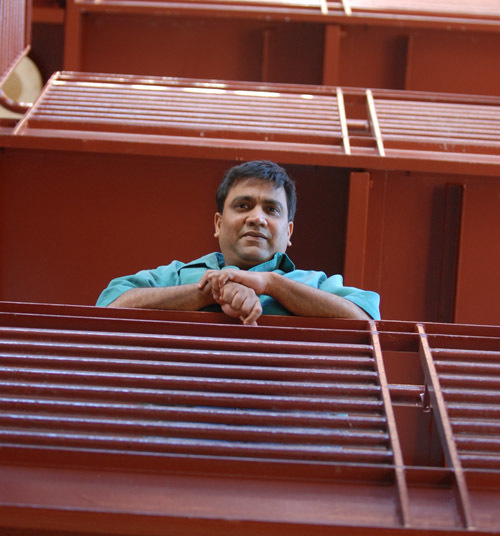
Anil Menon’s short fiction has appeared in a variety of magazines and anthologies. His debut novel The Beast With Nine Billion Feet (Zubaan Books, 2010) was short-listed for the 2010 Vodafone-Crossword award. Along with Vandana Singh, he co-edited Breaking the Bow (Zubaan Books 2012), an international anthology of speculative fiction inspired by the Ramayana epic. His most recent work is the novel Half Of What I Say (Bloomsbury, 2015). He has written 'Manikantan Has Enough' for StoryWeaver.
Last year, while my friend Emma Dawson-Varughese and I were chatting, we were interrupted by the loud wails of her daughter Mahia, then about two-years-old. Mahia had crawled past her mother’s alert eye, wriggled, flipped, and finally gotten stuck underneath a sofa. Emma rescued her self-pitying miscreant with a sigh. I’m sure that sigh has been echoed by every parent since the beginning of time. It is impossible to prevent children from wanting to explore the world.
Until recently however, parents had one comfort. Children may explore, but parents could guide their exploration because the world stayed the same, more or less. Parents knew what to expect. Alvin Toffler in his “Future Shock” gives a striking description of just how little things have changed for most of human history. We’ve had civilization for about 50,000 years. If we divide this period into generations of 62 years each, then so far, there have been about 800 generations. The first 650 generations lived in caves. We have had writing just for the last 70 generations. It is only in the last six that masses of humans have had access to the printed word. The electric motor has been around for a mere three generations. The internet is less than one-generation old.
Because the world used to stay mostly the same, parents could child-proof the future. The best way to do this was with stories. So children heard the same stories their parents had heard and took away the same lessons. The same culture. The same standards of beauty, of justice, of right and wrong, of how to treat different groups of people. There was hardly any need to update these lessons, and children could grow up to be just like their parents. This was considered a good thing.
Things are different now. Science and technology have unleashed new forces largely beyond anyone’s control. The way we eat, work, mate, raise children, and communicate are all undergoing massive changes. Our kids are going to get stuck in situations we can hardly conceive. They’ll live in a world where most objects possess a certain minimal awareness. Subtle AI programs will mediate everything our future adults will see and hear. Privacy will become harder and harder to achieve. There will be near-sentient robots, cyborgs, and materials almost magical in their ability to manipulate light, heat and sound. They will be able to share each other’s experience, not through conversation as we do, but through more direct means, perhaps by some sort of neural link. At the same time, the complications of global warming will radically constrain all aspects of life.
Too far-fetched? The stuff of science-fiction? Yes. Our children’s futures have indeed become science-fictional. So how do we prepare our children for a rapidly-changing world we’ll (mostly) never experience?
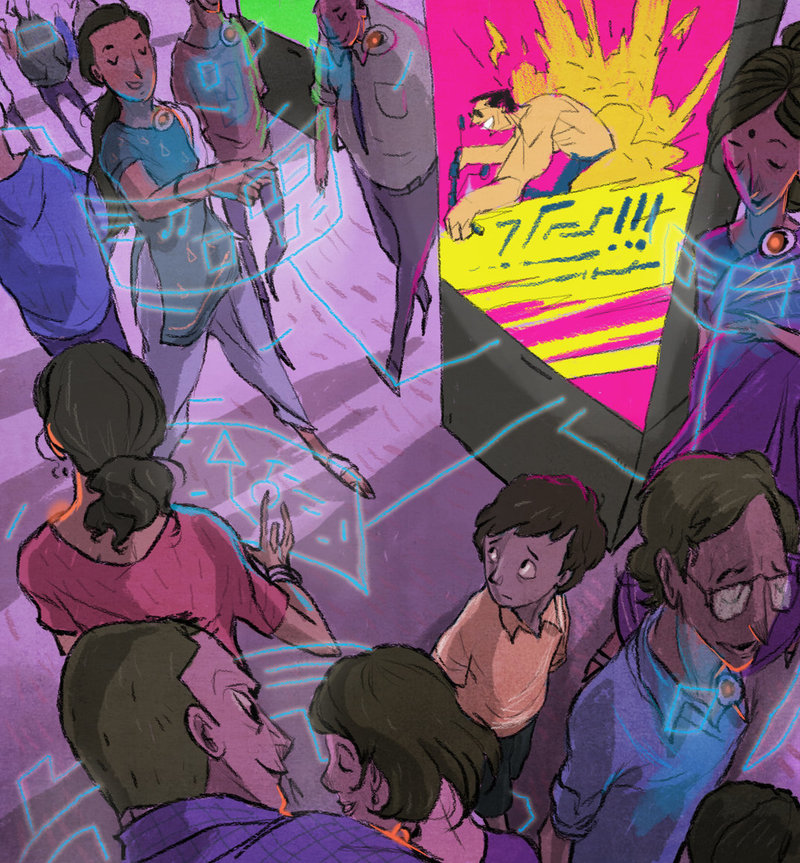
From 'Manikantan has Enough'. Illustrated by Upamanyu Bhattacharyya
We can’t. We cannot child-proof the future anymore. But just as parents help their children explore the real world, they can also enable children to explore possible-worlds. Coming generations of kids need stories that won’t just show them how things are, but will also inspire them to speculate how things could be. We need stories that don’t pretend adults have all the answers. We need stories that’ll help children learn to appreciate difference and ambiguity. We need stories that’ll teach children to question the stories they’re told. Our ancestors could take comfort in the fact things would remain the same. Our children can take comfort in the fact things may always be changed for the better. Then the brave new world will also be a world worth living in.
comments (2)Read Aloud Stories!
Posted by Remya Padmadas on March 04, 2016- readingrockets.com
Reading is also a fantasic opportunity to spend quality, one on one time with a child. Plus, books can be the starting point for some great conversations with children too.
It's never too early to start reading to your child, and at StoryWeaver you'll find hundreds of stories for children at different reading levels. Also the stories are in multiple languages so your child can read (or be read to) a story in her mother tongue, a language she is trying to learn or just a language she is already proficient in.
Our 'Growing Up' series are fun, colourful, read-aloud books which are perfect for children who are just beginnging to read, and are also lovely to share with toddlers. Little ones will identify with the young protagonists of these stories as they go about their daily routine creating, climbing, carrying things and even confronting their fears. The books are written by Mini Shrinivasan and illustrated by different artists who imbue each story with a unique charm. Best of all? They're all available in multiple languages!
I Am Not Afraid Mini Shrinivasan and Rayika Sen
We've all been afraid of the dark, and some of us still are! In this story, a young girl steps out of the house at night and confronts her fears with aplomb!

I Can Climb! / मैं चढ़ सकता हूँ! Mini Shrinivasan and Deval Maniar
Who hasn't met an adventuruous toddler who can climb up things but doesn't quite know how to get down? In 'I Can Climb' we meet a young man with just that very problem. What happens to him? Read this bilingual English-Hindi book to find out!
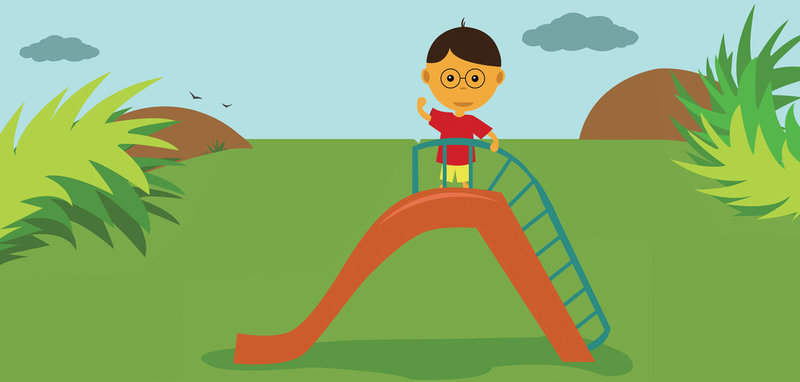
ನಾನು ಏನೇನೋ ವಸ್ತುಗಳನ್ನು ಮಾಡಬಲ್ಲೆ! Mini Shrinivasan and Tanvee Nabar
Little hands love to keep busy - drawing, writing and making things! Keep some paper and colour pencils handy for when you've finished reading this book! (Available in English, as 'I Can Make Things!')
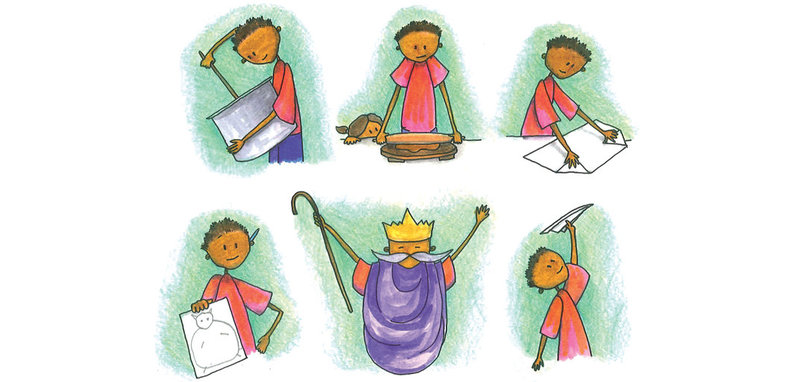
I Can Help! / मी मदत करते! Mini Shrinivasan and Aman Randhawa
Little children love to help out around the house. Why not read this book with a child, and then give them some simple, fun chores to help with? Watch their faces light up and chest puff up with pride as they do.
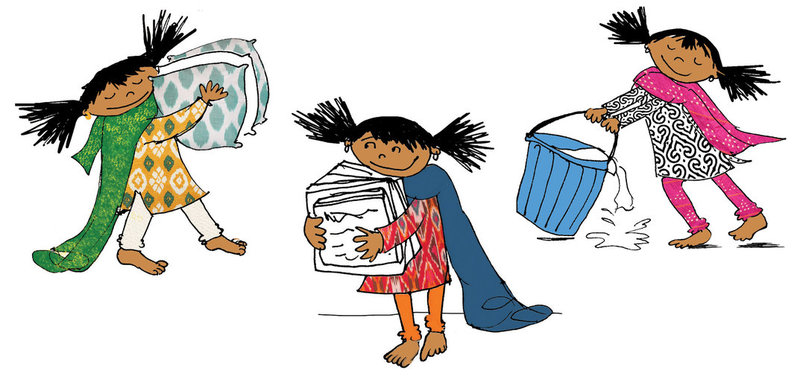
We hope you enjoy reading these books to and with the children in your life! For some great tips on how to raise a reader, here's something from Reading Rockets!
News You Can Use! 'Other Versions' of a story!
Posted by Remya Padmadas on March 04, 2016Did you know that you can now see how many versions of a story there are on StoryWeaver upfront?
When you click on the 'read' icon of a story you'll be directed to a page that has all the information you need to know about that story. We've added Other Versions to this page. Here, at a galnce, you can see how many languages the story has been translated in to and how many translations there are of a story in a particular language!
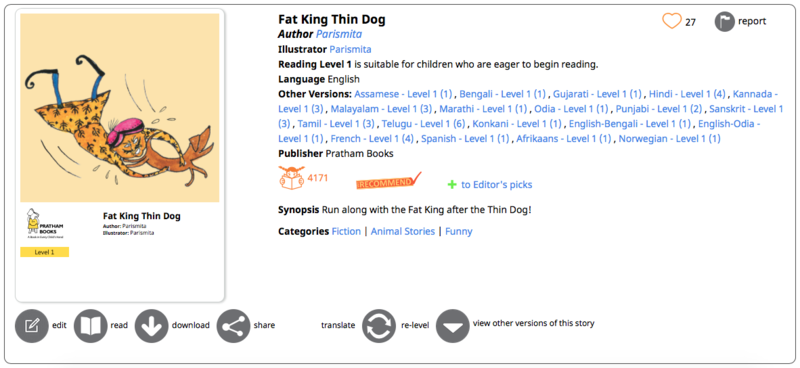
However, just because a version of a story already exists in a particular language, don't let that deter you frome trying your hand at translating it yourself. StoryWeaver believes in and encourages as many diverse re-tellings of a story as possible!
comment (1)